Post Polio Syndrome Alternative Treatment
Post polio syndrome alternative treatment. Treatment Theres currently no cure for post-polio syndrome so treatment focuses on helping you manage your symptoms and improving your quality of life. For two consecutive weeks daily registration of the severity of headache and nausea was registered on a visual analogue scale VAS from 0 to 100 mm. Intravenous immunoglobulin IVIG has been tried in three studies all having positive results.
To exclude alternative diagnoses. Physical therapy may be used to increase muscle strength and endurance and to help with improving balance and preventing falls. L-citrulline is known to change.
Below is a list of common natural remedies used to treat or reduce the symptoms of Post-PolioSyndrome. Other possible treatment options may include the anticonvulsant drug gabapentin Neurontin Gralise which is often used to treat nerve pain. Despite its high prevalence the etiology of PPS remains elusive mechanisms of progression are poorly understood and the condition is notoriously under-researched.
There is no cure for poliovirus infection or postpoliomyelitis syndrome. Avoid physical overexertion or stress. People with the condition are often treated by a team of different healthcare professionals working together.
Considering taking a vitamin or supplement to treat Post-PolioSyndrome. Fifty-nine patients diagnosed with neurological disorders chronic inflammatory demyelinating polyneuropathy CIDP multi-focal motor neuropathy MMN or post-polio syndrome were treated with IVIG and 27 CIDP or MMN patients with SCIG. Treatment for the minor illness the major paralytic illness and the respiratory and postpoliomyelitis syndromes is supportive with the aim of preventing or limiting disability and disease progression.
What are the effects of different treatments in people with postpolio syndrome PPS. Post-polio syndrome is an illness defined by a collection of symptoms that generally occur at least 10-20 years after infection with the polio virus. While motor dysfunction is a hallmark feature of the condition generalized fatigue sleep disturbance.
Researchers have demonstrated that non-fatiguing exercises may improve muscle strength and reduce tiredness in people with post-polio syndrome. Pharmacologic agents like prednisone amantadine pyridostigmine and coenzyme Q10 are of no benefit in PPS.
Pain relievers such as aspirin acetaminophen Tylenol others and ibuprofen Advil Motrin IB others might ease muscle and joint pain.
Fifty-nine patients diagnosed with neurological disorders chronic inflammatory demyelinating polyneuropathy CIDP multi-focal motor neuropathy MMN or post-polio syndrome were treated with IVIG and 27 CIDP or MMN patients with SCIG. Background Post-polio syndrome PPS is a condition that affects polio survivors years after recovery from an initial acute infection by the Poliomyelitis virus. Also the side effects from the treatment outweighed benefits leading researchers to conclude that prednisone should not be used to treat PPS. This involves rehabilitation and lifestyle changes for the management of this condition. What are the effects of different treatments in people with postpolio syndrome PPS. Pain relievers such as aspirin acetaminophen Tylenol others and ibuprofen Advil Motrin IB others might ease muscle and joint pain. PPS is characterised by progressive or new muscle weakness or decreased muscle endurance in muscles that were previously affected by the polio infection and in. To exclude alternative diagnoses. Avoid physical overexertion or stress.
This may present as weakness in the arms legs or trunk or difficulty with swallowing talking or breathing if the muscles that control these functions are affected. What are the effects of different treatments in people with postpolio syndrome PPS. The post-polio syndrome PPS has received increased attention in recent years. This is a chronic slowly progressive condition with cardinal features consisting of weakness atrophy aches cramps and fatigue decades after the initial infection. Preliminary studies indicate that intravenous immunoglobulin may reduce pain and increase quality of life in post-polio survivors. Avoid physical overexertion or stress. Intravenous immunoglobulin IVIG has been tried in three studies all having positive results.

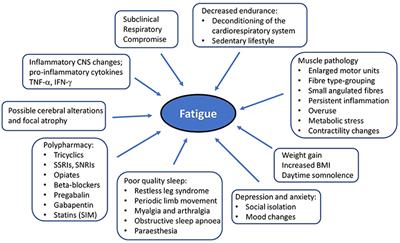
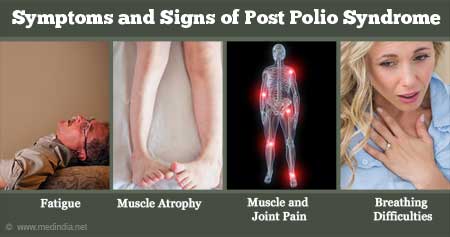

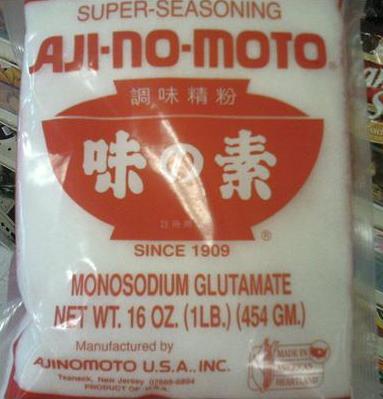

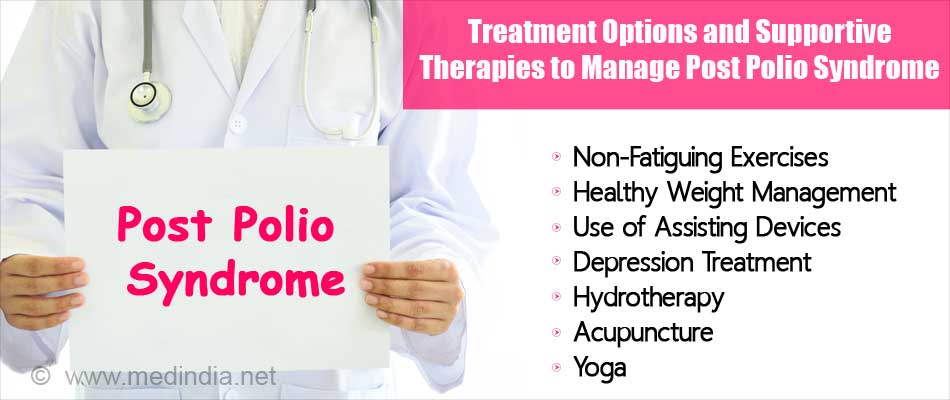



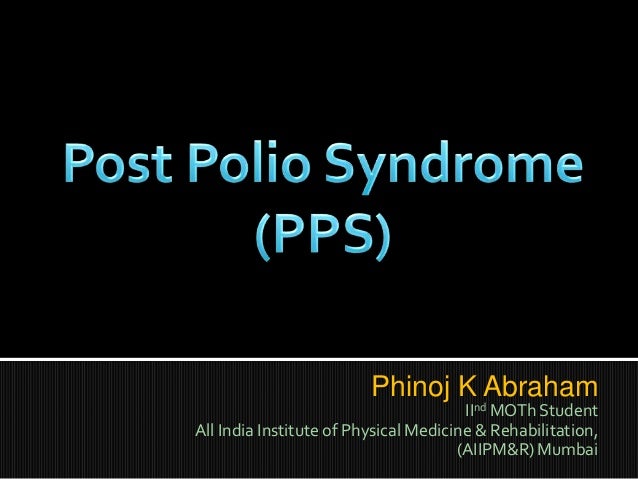
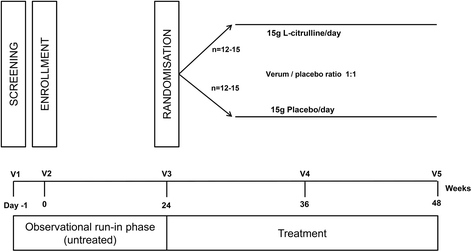






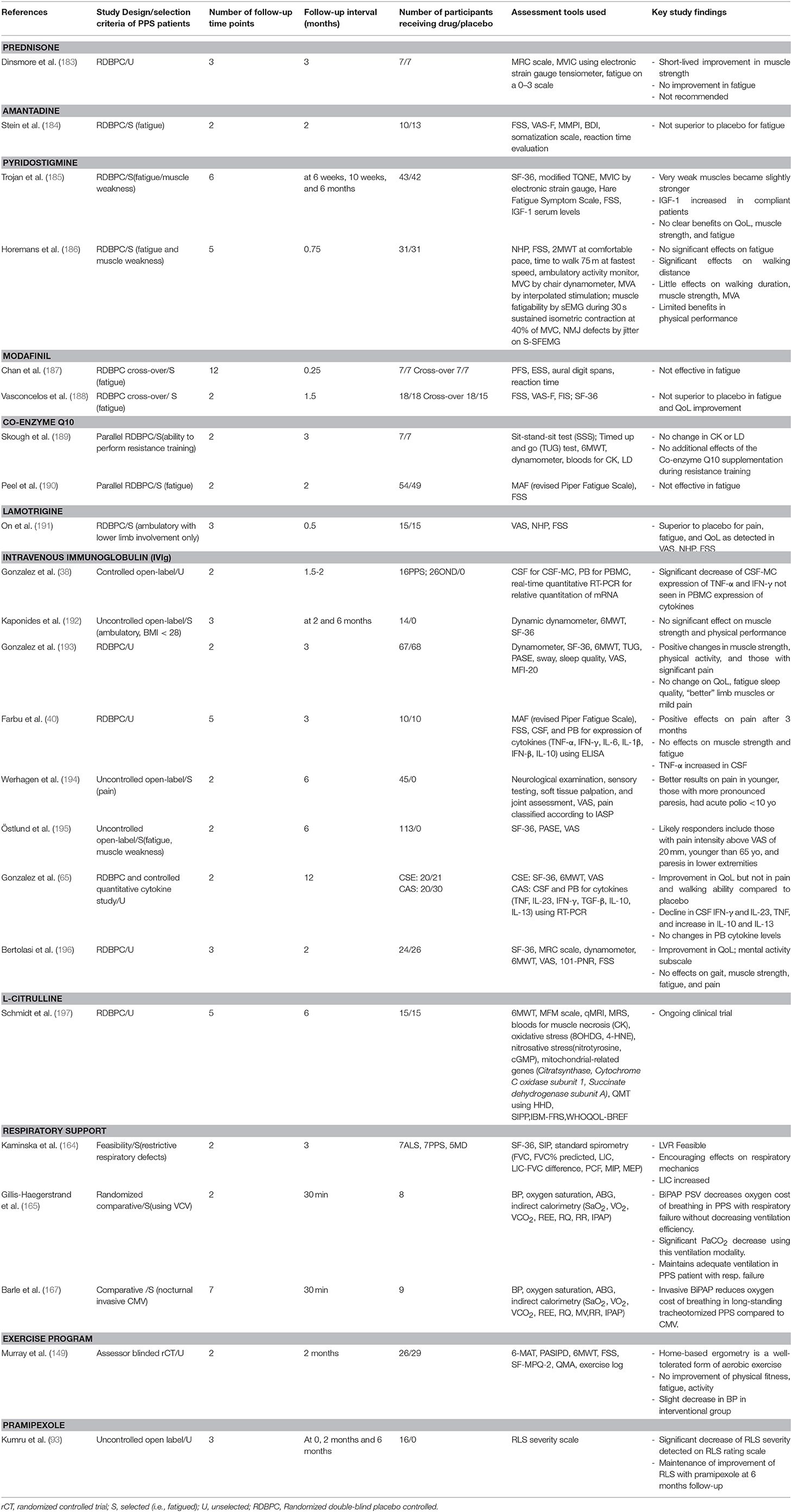

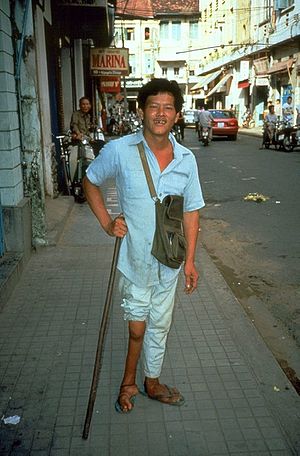

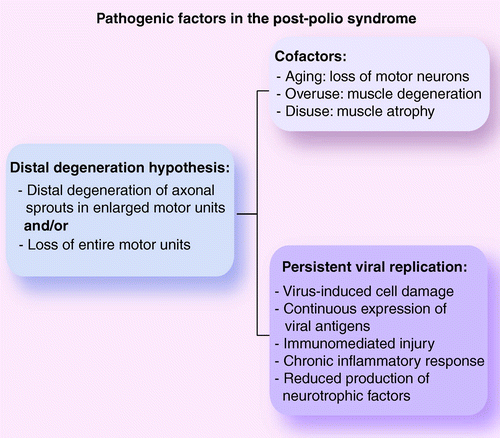

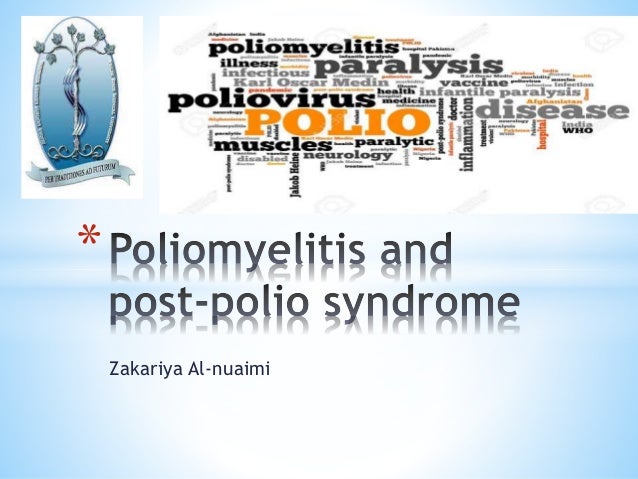
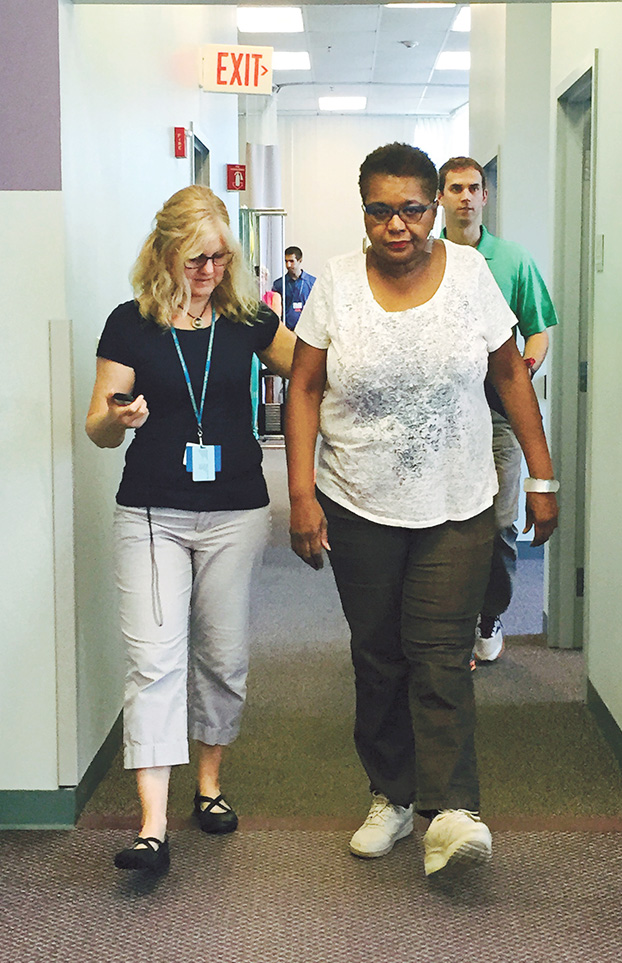
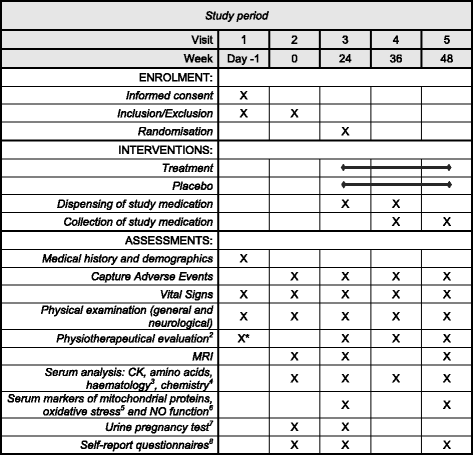








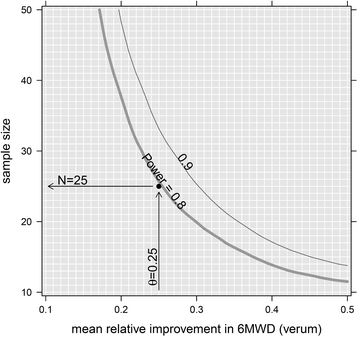

Post a Comment for "Post Polio Syndrome Alternative Treatment"